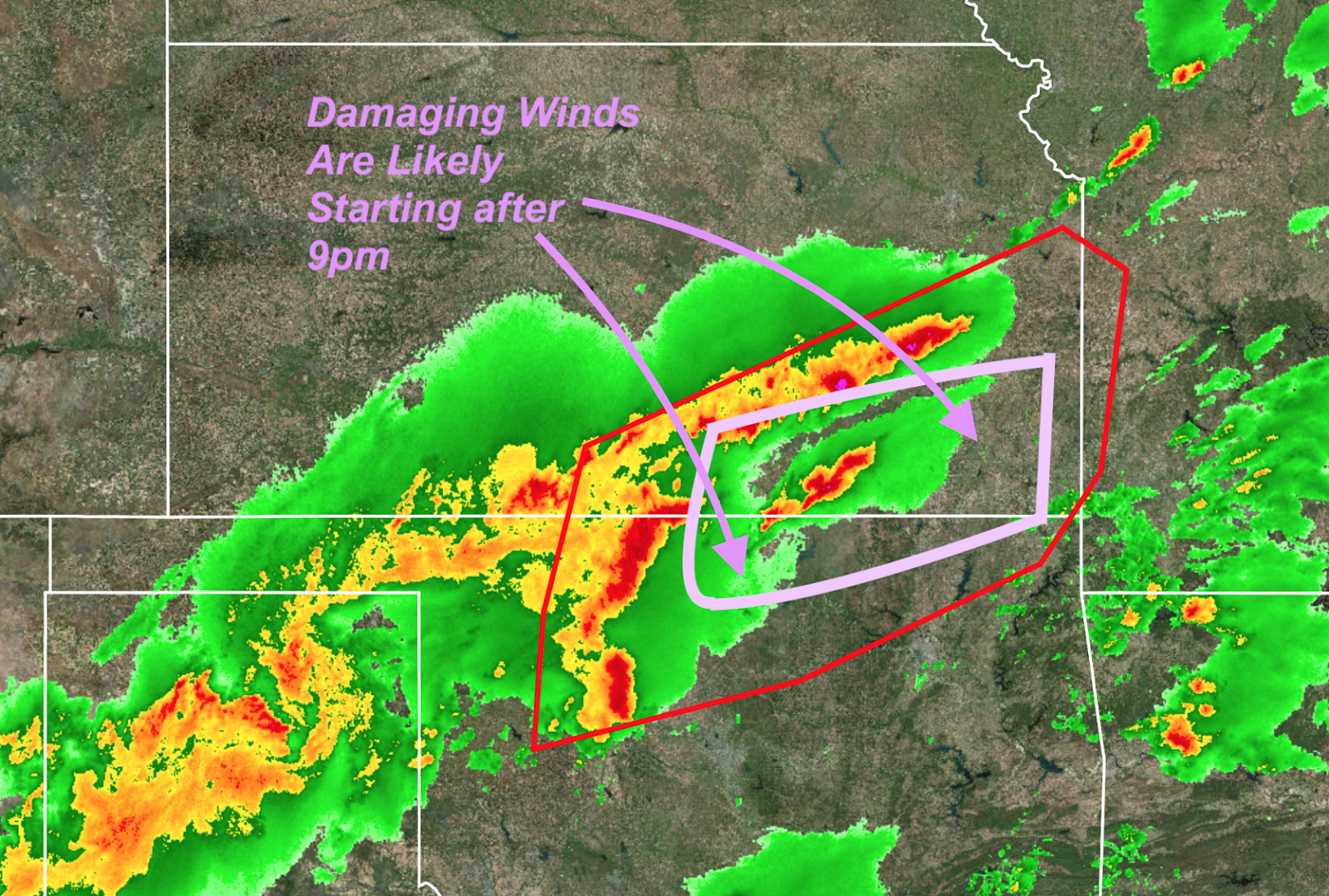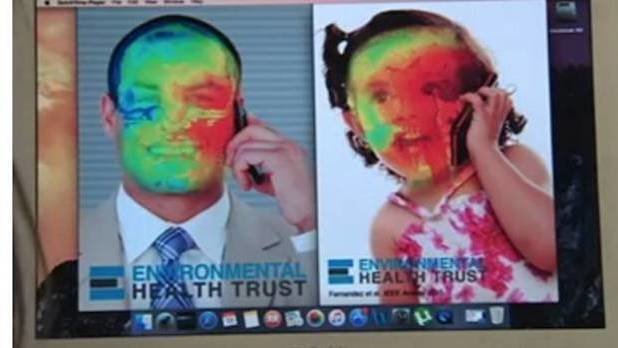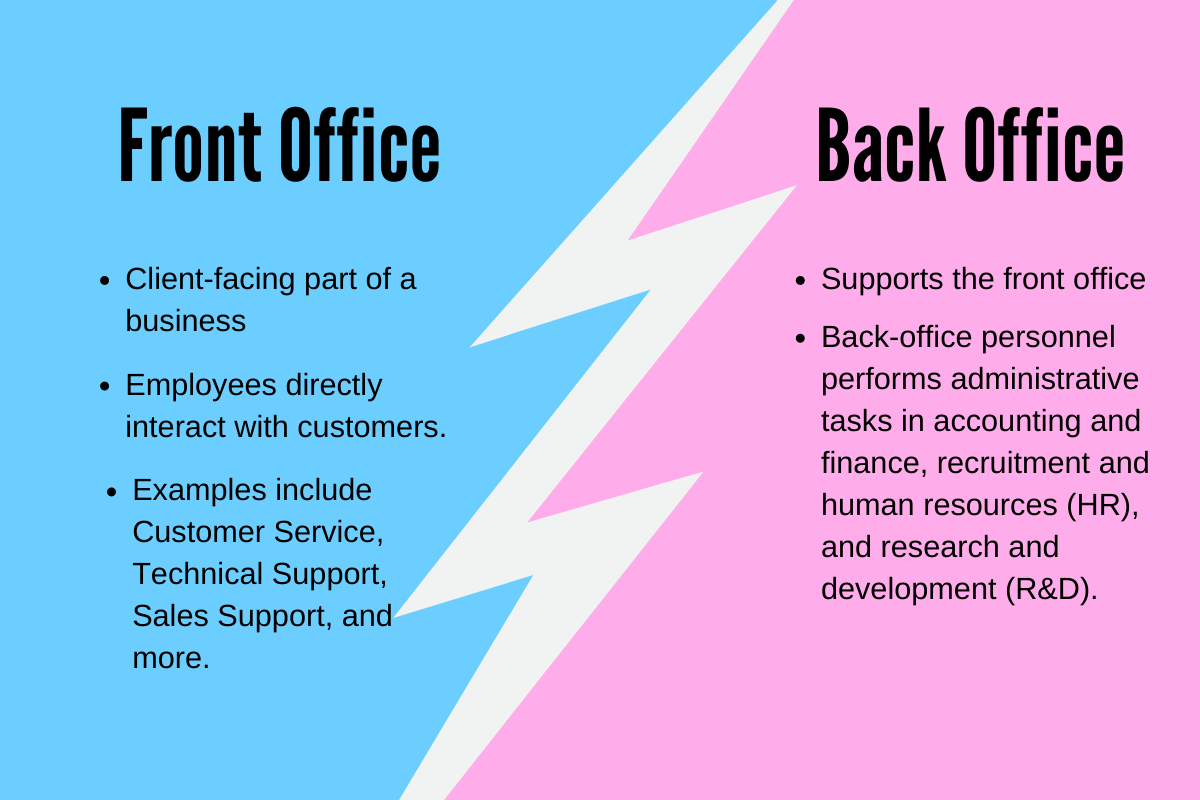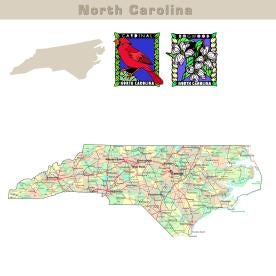Understanding Damaging Winds Associated With Fast-Moving Storms

Table of Contents
The Physics of Damaging Winds in Fast-Moving Storms
The ferocious wind speeds associated with fast-moving storms are a result of complex atmospheric processes. Understanding these processes is key to predicting and preparing for the destructive power of these weather events.
Wind Speed and Pressure Gradients
The fundamental driver of wind is the difference in atmospheric pressure. Fast-moving storms create steep pressure gradients – areas where air pressure changes rapidly over a short distance. This pressure differential generates strong winds, attempting to equalize the pressure.
- The Bernoulli Principle: Air moving faster has lower pressure. The rapid movement of air within a storm system contributes to the pressure differences and accelerates the winds.
- Pressure Differences in Storm Systems: The lower pressure at the storm's center creates a pressure gradient that draws in surrounding air, accelerating the wind as it converges towards the low-pressure area. The faster the storm moves, the steeper the pressure gradient and the stronger the winds.
- Storm Size and Speed: Larger, faster-moving storms generally produce stronger winds because they create larger and steeper pressure gradients. The wind speed associated with different storm types varies dramatically: hurricane-force winds are categorized on the Saffir-Simpson scale, while tornadoes are rated on the Enhanced Fujita (EF) scale, reflecting their significantly higher wind speeds.
Downbursts and Microbursts
Downbursts and microbursts are rapidly descending columns of air that cause intense, localized wind gusts. These phenomena are often associated with thunderstorms and can significantly amplify the damaging potential of already strong storm winds.
- Downdraft Intensification: As precipitation falls from a thunderstorm, it drags air down with it. This downdraft accelerates as it approaches the ground, spreading out horizontally and creating strong outward gusts.
- Downburst vs. Microburst: A downburst is a general term, while a microburst is a smaller, more intense event with a diameter typically less than 2.5 miles and a duration of less than 15 minutes. Both can cause devastating wind damage.
- Damage Examples: Microbursts are notorious for their sudden onset and ability to cause significant damage to aircraft, buildings, and trees in a localized area. Downbursts can inflict damage across a much broader area, with damage patterns reflecting their size and speed.
Wind Shear and its Impact
Wind shear – changes in wind speed or direction over a relatively short distance – plays a critical role in enhancing the destructive power of fast-moving storms.
- Amplifying Wind Effects: Wind shear can amplify the effects of pressure gradients and downdrafts. Variations in wind speed and direction at different altitudes can create more turbulent and unpredictable wind patterns.
- Storm Intensification and Rotation: In severe thunderstorms and tornadoes, wind shear contributes to the vertical stretching and rotation of air, leading to the formation and intensification of these destructive weather systems. The interaction of varying wind speeds and directions with other storm dynamics increases the overall instability and power.
Types of Storms and Associated Damaging Winds
Several types of fast-moving storms are known for producing extremely powerful and damaging winds. Understanding their characteristics is crucial for effective preparedness.
Hurricanes and Typhoons
Hurricanes and typhoons are large, rotating tropical storms characterized by sustained high winds, torrential rain, and storm surge. The Saffir-Simpson hurricane wind scale categorizes these storms based on wind speed.
- Hurricane-Force Winds: Sustained winds of 74 mph (119 km/h) or higher define hurricane-force winds. The higher the category, the stronger and more destructive the winds.
- Storm Surge: While wind is a primary hazard, the storm surge (rise in sea level) combined with high winds significantly exacerbates damage along coastlines.
- Flying Debris: High winds lift and propel debris, causing significant damage to structures and posing serious injury risks.
Tornadoes
Tornadoes are violently rotating columns of air extending from a thunderstorm to the ground, characterized by extremely high wind speeds and intense localized destruction. The Enhanced Fujita (EF) scale measures tornado intensity based on wind speed and damage.
- Tornado Formation: Tornadoes form within severe thunderstorms under specific atmospheric conditions involving wind shear and instability.
- Path Destruction: Tornadoes typically have narrow paths of destruction, but the intense winds can cause catastrophic damage along their track.
- Destructive Power: The incredibly high wind speeds in tornadoes make them capable of causing devastating damage to virtually any structure in their path.
Derechos
Derechos are widespread, long-lived wind storms associated with a band of rapidly moving thunderstorms. They produce damaging, straight-line winds that can cause significant damage over a large area.
- Derecho Formation: Derechos form when a cluster of thunderstorms or a squall line moves rapidly, creating a continuous swath of strong, straight-line winds.
- Characteristics: Derechos are distinguished by their long paths (typically hundreds of miles), high wind speeds (often exceeding 58 mph), and widespread damage.
- Comparing to Tornadoes: Unlike tornadoes, derechos lack the rotational characteristic of tornadoes, instead producing damaging straight-line winds.
Protecting Yourself from Damaging Winds
Preparing for and reacting to damaging winds requires a multifaceted approach involving pre-storm preparations, in-storm actions, and post-storm recovery measures.
Before the Storm
Proactive steps are crucial for mitigating the risks associated with damaging winds.
- Safety Plan: Develop a family emergency plan that includes communication procedures, evacuation routes, and designated shelter locations.
- Secure Loose Objects: Secure or bring inside any loose objects that could become dangerous projectiles in high winds (e.g., outdoor furniture, garbage cans, debris).
- Emergency Supplies: Stock an emergency kit with essential supplies, including water, non-perishable food, first-aid kit, medications, flashlight, and batteries. Monitor weather forecasts closely.
During the Storm
Knowing what to do during high winds is critical to staying safe.
- Safe Shelter: Seek shelter in a sturdy building, preferably in an interior room away from windows.
- Avoid Windows: Stay away from windows to avoid injury from flying debris.
- Outdoor Safety: If caught outdoors, find immediate shelter in a sturdy structure. Avoid open areas and seek cover from flying debris.
After the Storm
Post-storm safety measures are equally critical.
- Damage Assessment: Check for structural damage to your home and property.
- Downed Power Lines: Avoid all downed power lines; report them to authorities immediately.
- Health Risks: Be aware of potential health hazards, such as carbon monoxide poisoning from generators and injuries from debris.
Conclusion
Understanding the powerful and damaging winds associated with fast-moving storms is critical for effective preparedness and safety. By recognizing the physics behind these winds, understanding the different types of storms that produce them, and following appropriate safety guidelines, we can significantly mitigate the risks and protect ourselves and our communities. Remember to always stay informed about severe weather warnings and develop a comprehensive plan for dealing with damaging winds associated with fast-moving storms. Your safety depends on your understanding of these potent forces of nature. Don't be caught off guard; prepare for damaging winds today!

Featured Posts
-
 Huuhkajat Julkisti Avauskokoonpanon Merkittaeviae Muutoksia
May 20, 2025
Huuhkajat Julkisti Avauskokoonpanon Merkittaeviae Muutoksia
May 20, 2025 -
 Broadcast Networks Abc Cbs And Nbc Accused Of Censorship Following New Mexico Gop Arson Attack
May 20, 2025
Broadcast Networks Abc Cbs And Nbc Accused Of Censorship Following New Mexico Gop Arson Attack
May 20, 2025 -
 Side Hustle Income Under Scrutiny Hmrcs Major Tax Changes Explained
May 20, 2025
Side Hustle Income Under Scrutiny Hmrcs Major Tax Changes Explained
May 20, 2025 -
 82 Ai
May 20, 2025
82 Ai
May 20, 2025 -
 Projet D Adressage D Abidjan Explication Du Systeme De Numerotation
May 20, 2025
Projet D Adressage D Abidjan Explication Du Systeme De Numerotation
May 20, 2025
Latest Posts
-
 Blog N Home Office Vs Kancelaria Preferencie Manazerov A Realita
May 20, 2025
Blog N Home Office Vs Kancelaria Preferencie Manazerov A Realita
May 20, 2025 -
 Programma Esperidas Megalis Tessarakostis Patriarxiki Akadimia Kritis
May 20, 2025
Programma Esperidas Megalis Tessarakostis Patriarxiki Akadimia Kritis
May 20, 2025 -
 May 9 2025 Old North State Report Highlights
May 20, 2025
May 9 2025 Old North State Report Highlights
May 20, 2025 -
 Liksi Megalis Tessarakostis Esperida Stin Patriarxiki Akadimia Kritis
May 20, 2025
Liksi Megalis Tessarakostis Esperida Stin Patriarxiki Akadimia Kritis
May 20, 2025 -
 Old North State Report Key Findings For May 9 2025
May 20, 2025
Old North State Report Key Findings For May 9 2025
May 20, 2025
